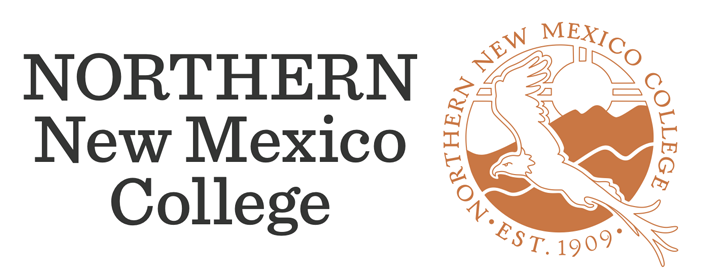In 1867, the historically black college/university (HBCU) Alabama State University (ASU) originally opened in Marion, Alabama, as the Lincoln Normal School. Nine freed slaves, now known as the Marion Nine, raised $500 for the school’s land so African-American Alabamians could have access to education. The school—
which has since relocated to Montgomery, Alabama, the birthplace of the modern civil rights movement—is considered one of the nation’s oldest institutions of higher education serving African Americans.
Today, ASU welcomes students of all races and offers 63 undergraduate and graduate degree programs. To ensure its reputation as a world-class institution of higher learning, ASU’s leaders decided to perform a self- assessment of those programs and the school itself during a re-accreditation process.
“We wanted to peel back all the layers,” said Assistant Provost Dr. Tanjula Petty. “That meant making sure that we are following our policies and procedures. It also meant taking a good long look at the health and viability of our educational programs. We asked ourselves, ‘Should we be doing something similar, or should we be doing something different?’”
Dr. Audrey Napier, the Dean of the College of Technology, agreed. “The goal was to identify new programs that would be viable in today’s job market and meet the student’s interest in the area. We also wanted to confirm existing programs that may not be viable in the same markets.”
A primary driver of the self-assessment was linking the university’s programs to the world of workforce development.
“When we talk about workforce development, we want to make sure that the programs we offer are supporting our students,” said Dr. Petty. “We want our graduates to be able to further their education and get well-paying jobs.”
To accomplish this objective, ASU relaunched its program viability review committee. Composed of representatives from each of the seven colleges, the committee was charged with developing a set of criteria for examining the quality of its programs. Initially, the committee only reviewed programs deemed by the Alabama Commission on Higher Education as non-viable. However, it understood that this approach would not be thorough enough. It wanted to take a more holistic approach to the self-assessment based on the combination of internal data that it had and external data that it didn’t have.
That’s when ASU engaged Gray DI.
Data-informed decision making
Gray DI introduced ASU to its Program Evaluation System (PES), and right from the start, ASU’s leadership knew they made the right decision.
“Gray DI didn’t come in and tell us what to do,” said Dr. Petty. “Instead, they were facilitators who provided us with an opportunity to review the data and develop a scorecard for each program. We were able to look at data concerning student demand, competitive intensity, and employment opportunities for graduates.”
The data Gray DI provided was based on geographic areas that included a 180-mile radius of the campus (where most of the university’s students come from), the southeastern region of the United States, and nationwide. These categories of data helped the university determine which programs were in alignment with employment opportunities.
“There is something about data—seeing things in black and white,” said Dr. Danita Stapleton of Faculty in Rehabilitation Services. “Our scorecard was not pretty. In fact, it was a rude awakening. It was clear that program improvements had to be made. So, as a team, we brainstormed, collaborated, and had meaningful and needed discussions. The engagement with Gray DI brought about a level of awareness of our deficits that was previously lacking. This awareness was a precursor to action.”
ASU now has a data-informed baseline that will help leadership move forward.
During a two-day work session with Gray DI, the faculty and staff sat down to discuss the data, evaluate the scorecards, and review every program. In the end, ASU identified forty-four programs for growth consideration, nine programs to sustain, twenty-two programs to improve, and twelve programs that the institution would sunset.
Every decision was made with maximum transparency. The entire process was both inclusive and collaborative, bringing faculty and staff together with the understanding that they must remain accountable to the students and other stakeholders.
“Although our previous efforts led to similar conclusions, the method employed by Gray DI was more efficient and encompassed more information,” said Dr. Napier.
With the help of Gray DI, ASU now has a balanced portfolio based on a wide range of data that will help the university’s leadership move forward.
“I am deeply appreciative of the efforts of the Program Viability Review Committee and the assistance offered by Gray DI during this comprehensive review process,” said Provost and Vice President for Academic Affairs Dr. Carl Pettis. “Gray DI has been tremendously helpful during the last year and a half, and we look forward to the continued partnership.”

Situation
Alabama State University wanted to take a holistic, data- driven approach when evaluating its program offerings.
Solution
With the help of Gray DI, ASU balanced its portfolio of program offerings based on a wide range of data.




